TECH TUESDAY: What’s been banned under the 2021 rules

.webp)
Following the launch of the 2021 rules in Austin, the teams now know broadly the technical regulations they will be designing their 2021 cars to. There will be tweaks between now and early 2020, but the outline is very much in place.
As well as the new dimensional stipulations and the revised listed/non-listed parts, there are also some technologies currently in use that will be banned outright from 2021, either for reasons of cost containment or to improve the raceability of the cars – or both.
2021 F1 RULES: The Key Changes Explained
These are as follows:
Hydraulic suspension
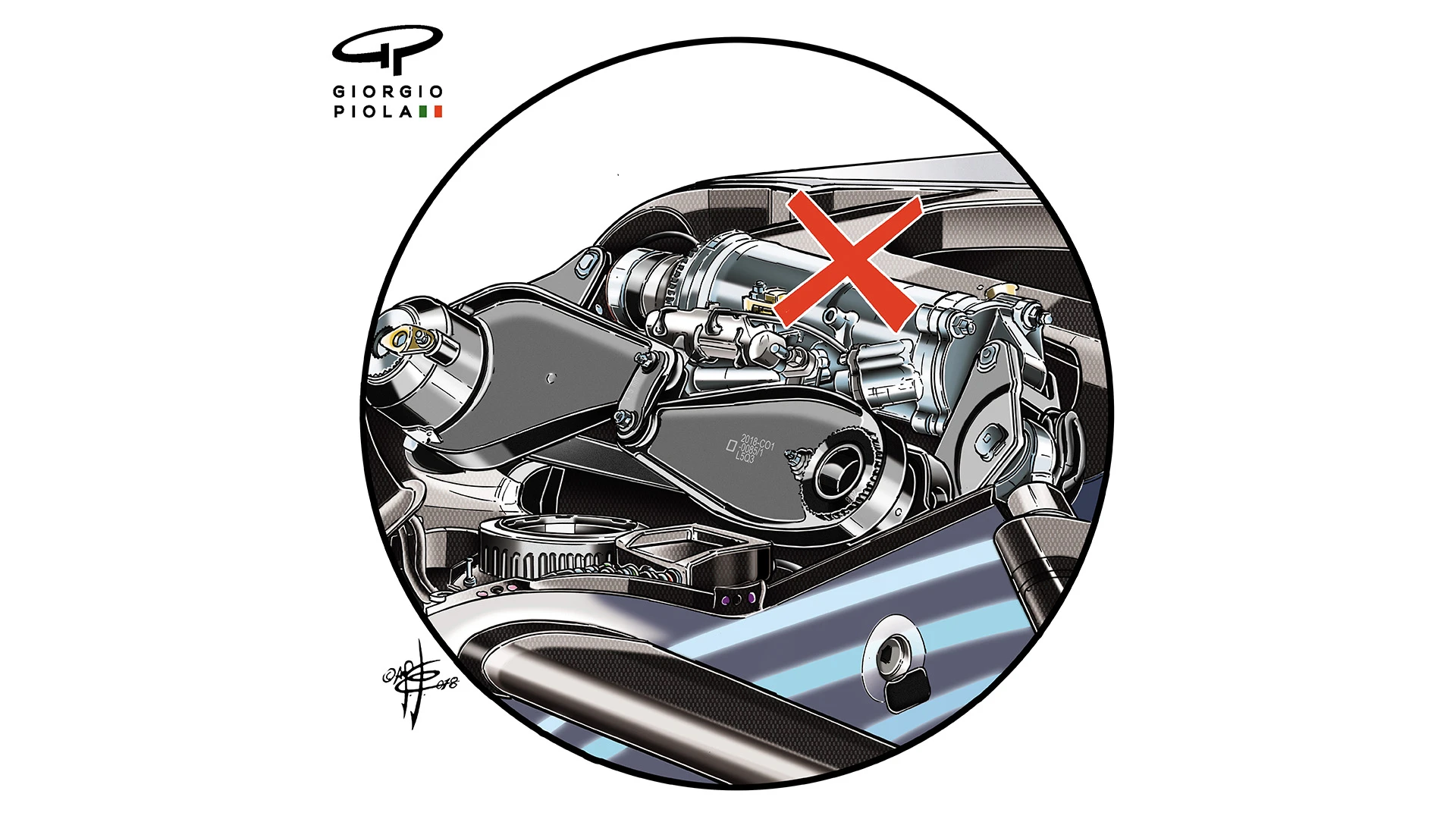
Hydraulically-controlled suspensions are banned from 2021. Mercedes have been a pioneer in the use of hugely complex hydraulic suspensions front and rear, looking to replicate some of the benefits of the long-since banned (1994) active suspension systems.
Hydraulically-controlled heave springs – with internal valving controlling the flow of hydraulic fluid through several chambers and thereby controlling stiffness – can be mechanically programmed to give variable effects in different situations. In this way they can give more control over the car’s basic aerodynamic platform than a conventional mechanical system.
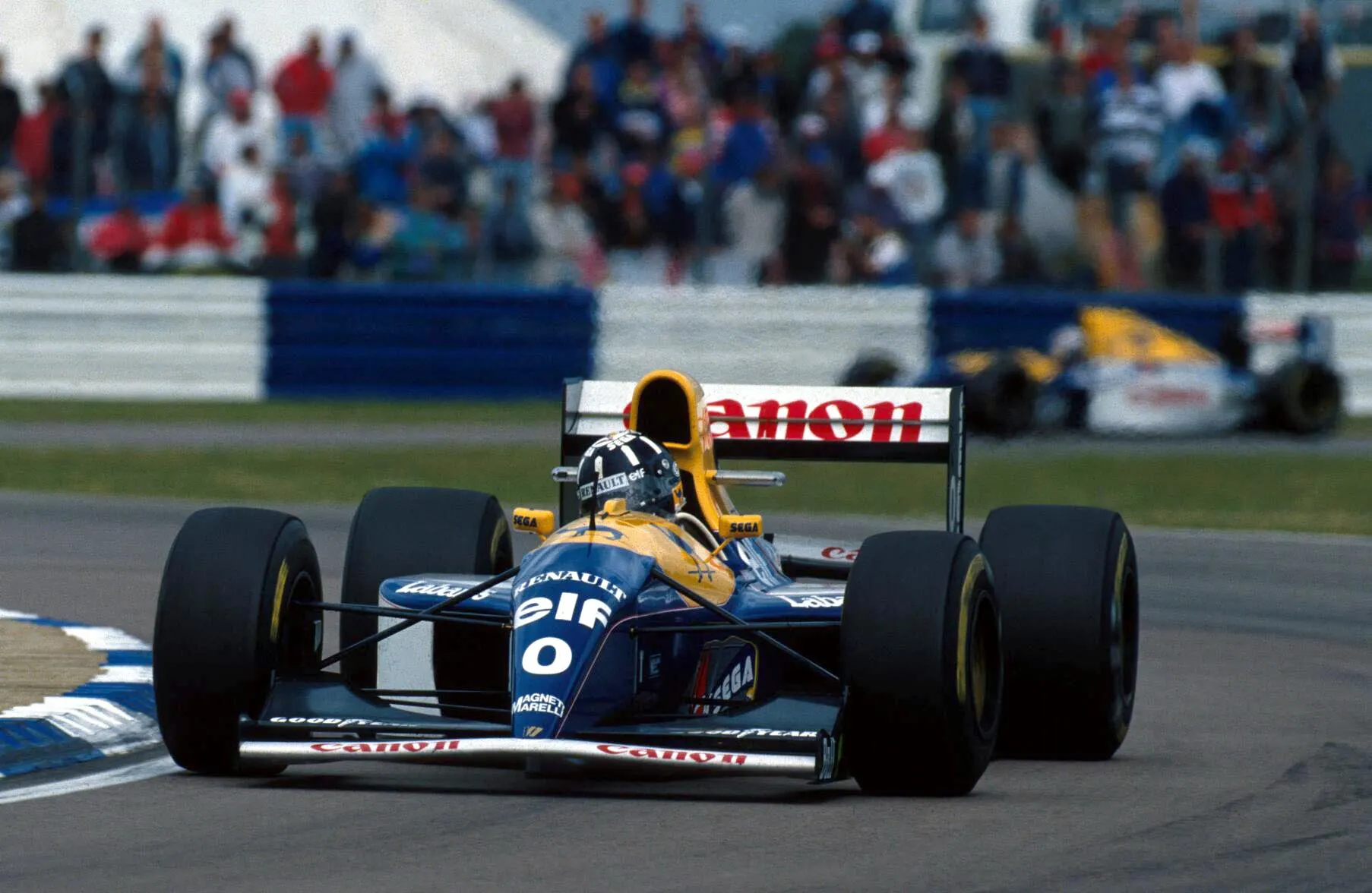
They are exceptionally complicated, essentially mechanical computers, and expensive to develop. Furthermore, in allowing a more stable aero platform, it permits the aerodynamicists to configure the cars to run over a narrower range of operating parameters such as ride height, roll, pitch etc. allowing for ‘peakier’ aerodynamic characteristics.
Such aerodynamics tend to make the car more sensitive to the wake of the car ahead, whereas the whole point of the new regulations is to have cars less effected by dirty air. Therefore the technology has been banned.
READ MORE: F1’s revolutionary 2021 rulebook – The thinking behind the changes
Barge Boards
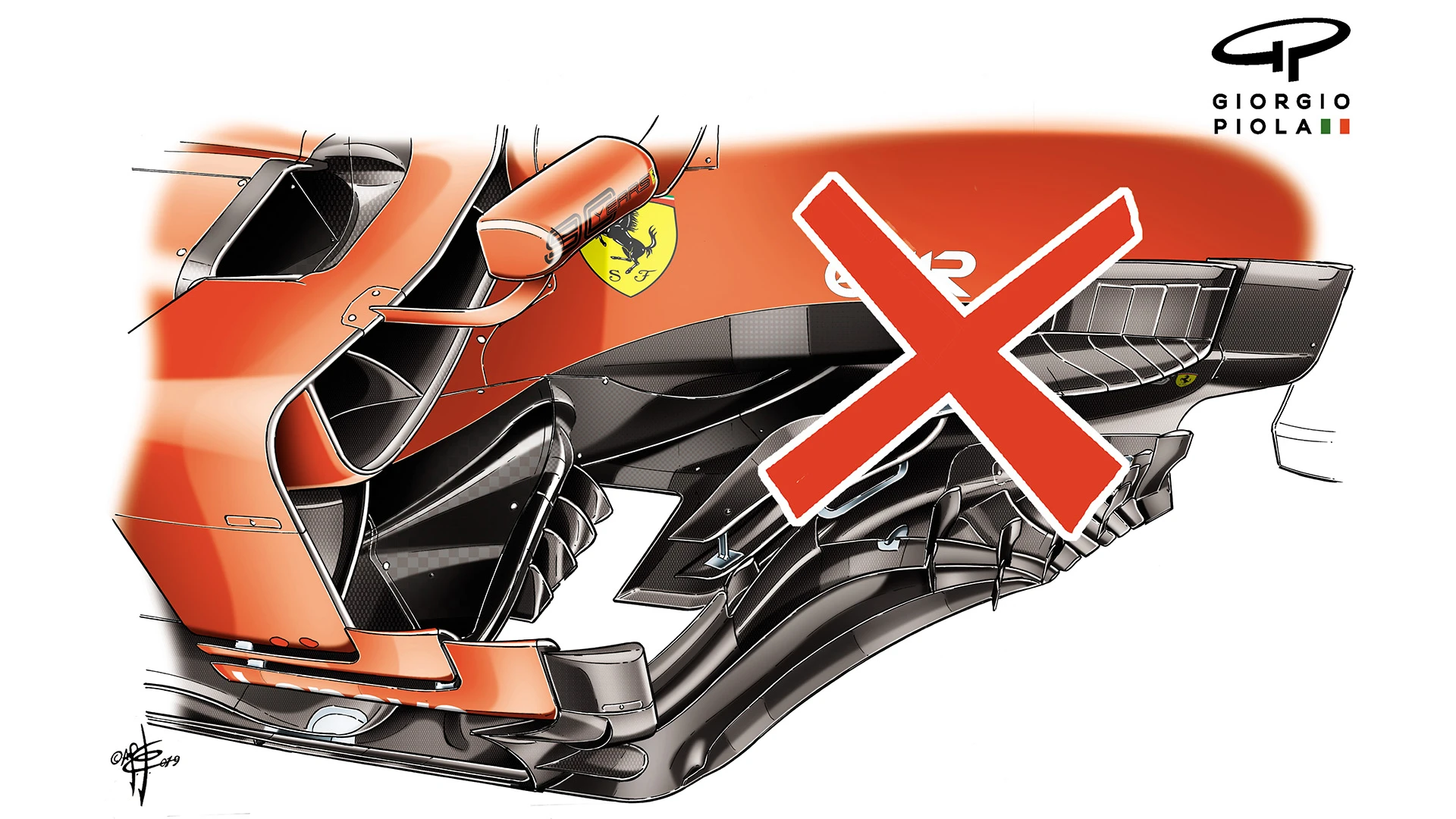
Barge boards – airflow directors aft of the front suspension and ahead of the sidepods – first began appearing on F1 cars in the early 1990s. But with the advent and development of computerised airflow simulation tools, they have become vastly more complex.
Their function is essentially to split the airflow arriving from under the nose and through the front suspension into three parts – underfloor, body sides and outwash. There is only so much energy in the airflow and dividing it up between these three flows in the most efficient way possible is the work of the barge boards.
READ MORE: Why the technical battleground was white-hot in Austin
Underfloor airflow creates a very significant proportion of an F1 car’s total downforce but maximising it requires a delicate trade-off between the flow fed directly to the floor and that travelling down the bodysides which exits between the rear wheel and diffuser. This latter flow helps draw upon the underbody flow and thereby accelerates it. The faster that air is flowing, the more downforce is produced. So some of the barge board vanes are aligned to keep that airflow attached down the bodysides.
But some of the barge board vanes are aligned to direct air out and as far away from the car as possible. This outwash air – which joins up to that which has been turned around the front tyres – has to be kept from interfering with the flow down the bodysides or – even worse – being pulled under the floor.
In this way, the barge boards are very powerful aerodynamic tools. However, in helping create the big outwash, they make the cars very aerodynamically disruptive for the car behind. The wake created by the outwash is very messy and contributes a lot to the big downforce loss of the following car. Hence they too have been banned from 2021.
Hub extension mount points
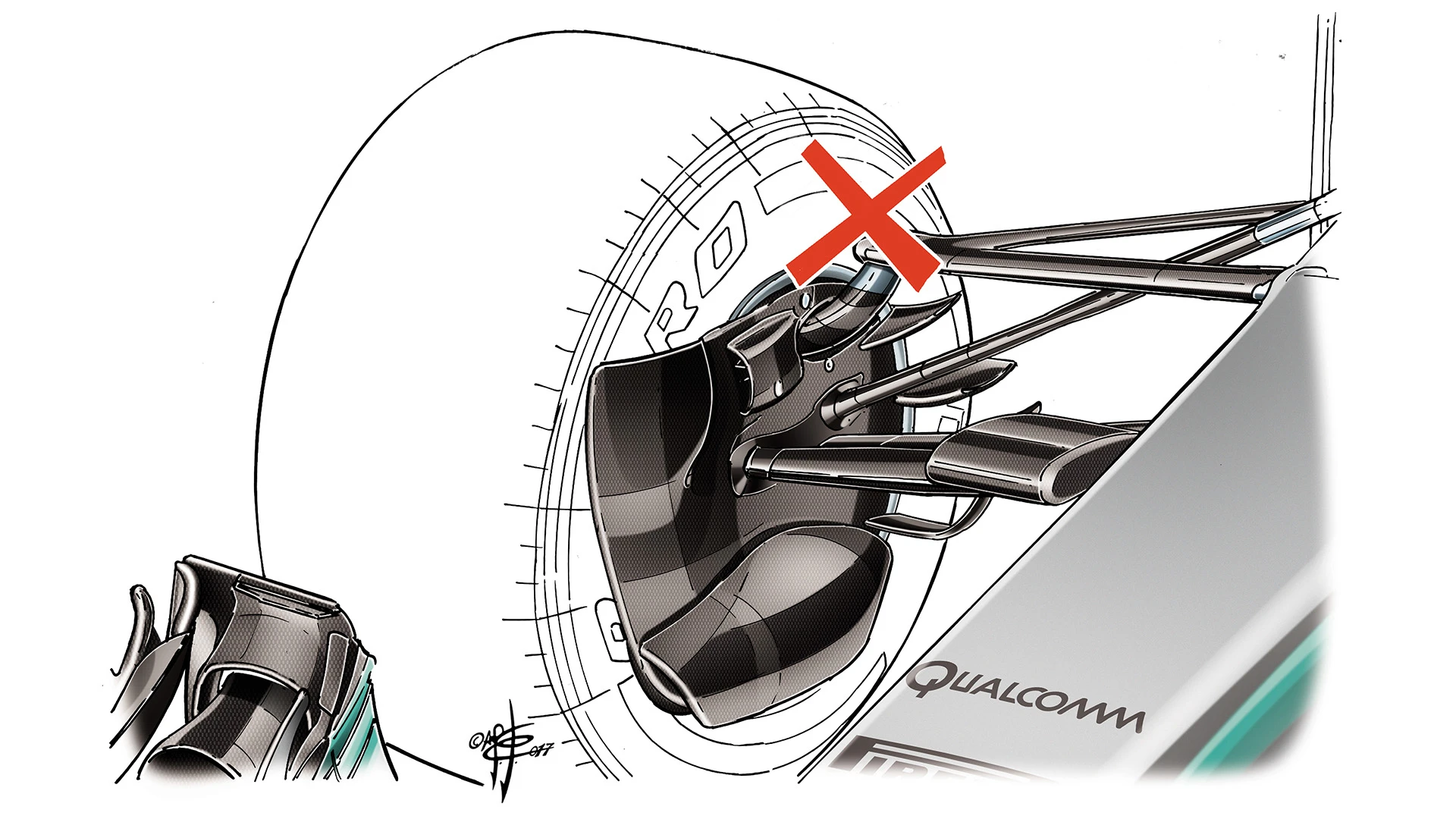
Mercedes and Toro Rosso a few years ago brought the innovation of mounting the upper suspension arms on extensions from the wheel hub, rather than directly onto the hub itself. This has become highly fashionable on both front and rear suspensions. McLaren this year were the final team to incorporate it.
The hub extension allows the top wishbone to be mounted much higher, in a less aerodynamically compromising place.
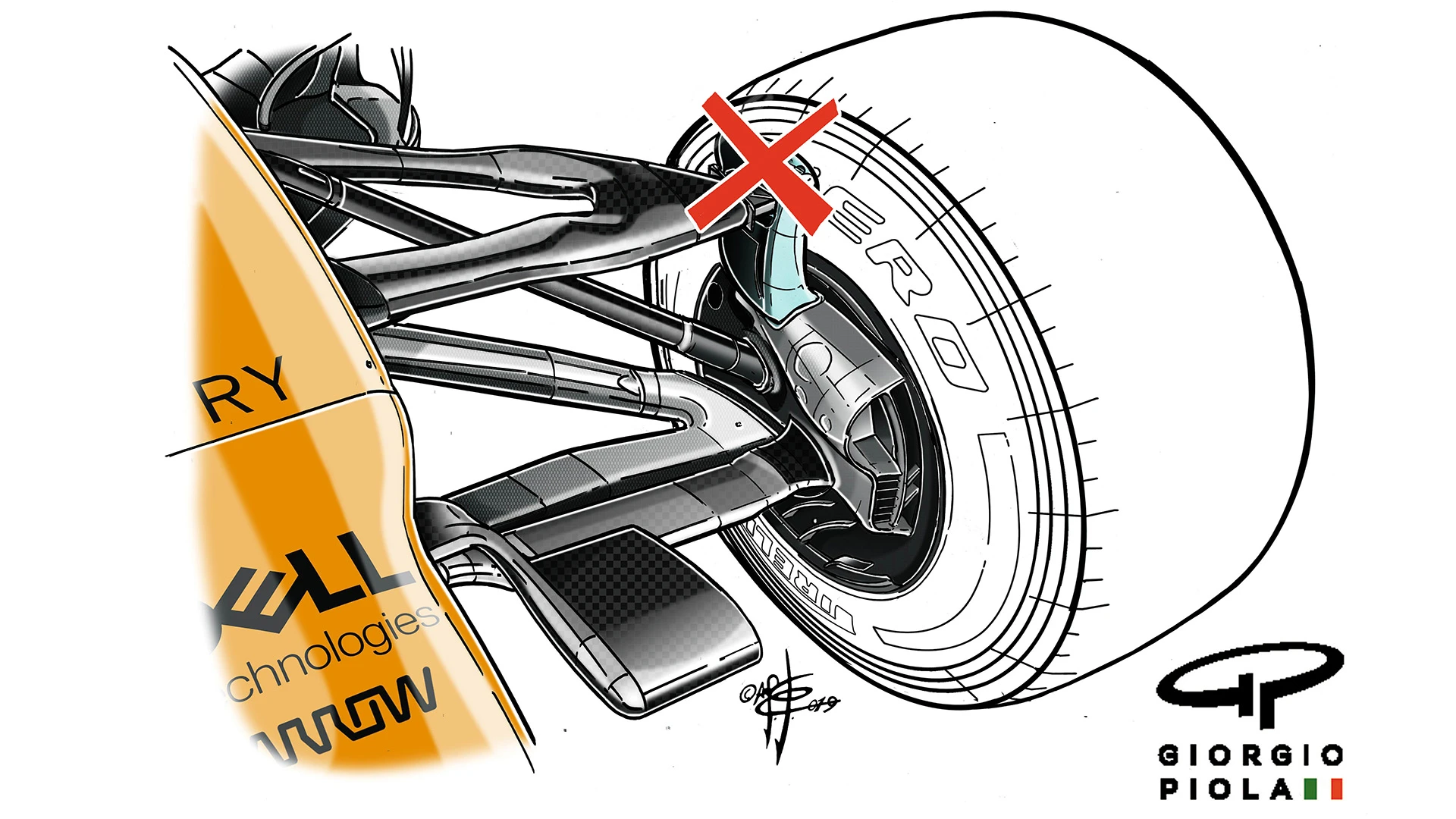
Achieving the most efficient trade-off between suspension geometry, strength, weight and aerodynamic effectiveness is a complex endeavour. Bringing the suspension mount points to within the volume of the wheel rim should simplify this aspect and reduce the advantage of the bigger teams, as well as helping make the wake less disruptive.
Next Up
Related Articles
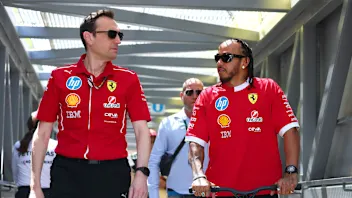 Hamilton to get new Ferrari race engineer for 2026 season
Hamilton to get new Ferrari race engineer for 2026 season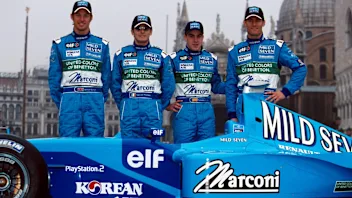 Quiz10 quiz questions on Formula 1 car launches
Quiz10 quiz questions on Formula 1 car launches Logan Sargeant confirmed as Ford WEC Hypercar driver
Logan Sargeant confirmed as Ford WEC Hypercar driver Re-watch Red Bull and Racing Bulls’ 2026 launch
Re-watch Red Bull and Racing Bulls’ 2026 launch An exclusive look into Esteban Ocon's off-track life
An exclusive look into Esteban Ocon's off-track life/SI202601151062%20(1).webp) Check out every angle of Racing Bulls’ 2026 livery
Check out every angle of Racing Bulls’ 2026 livery